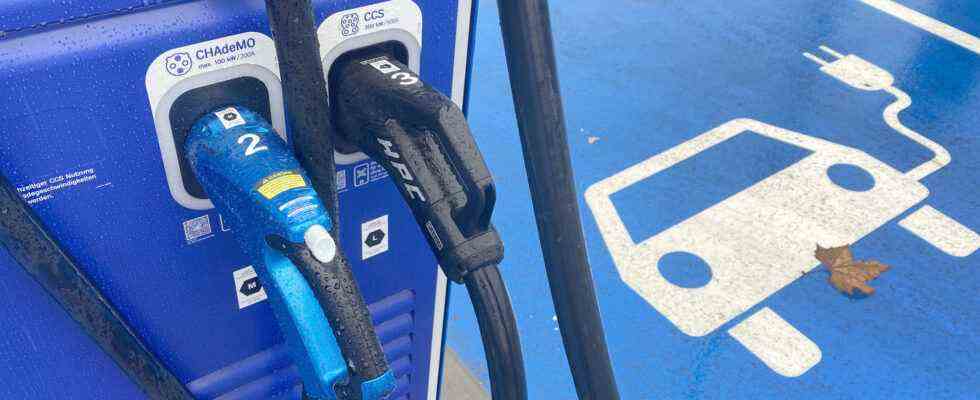Status: 02/08/2022 12:47 p.m
Electric car maker Tesla has made a lot of money selling pollution rights to its competitors. Owners of e-cars have also recently been able to generate income.
Until a few years ago, it seemed that the US electric car manufacturer Tesla made money primarily from the sale of pollution rights. That has now changed. What is new: Since the beginning of the year, owners of electric cars in Germany have also been able to earn money with the help of their vehicle.
The background is the so-called “greenhouse gas reduction quota” (GHG quota). Owners of electric cars can sell the CO2 saved to corporations that produce fuel and cannot meet the statutory reduction in emissions themselves. By purchasing, companies avoid paying fines for the CO2 emissions of their products.
requirements are becoming increasingly strict
The GHG quota will be gradually tightened in the coming years. It is currently seven percent and will increase to 25 percent by 2030. Until now, it was sufficient for petrol station chains such as Aral and Shell to add biofuel to petrol or diesel. For example, the proportion of biofuel in the E10 petrol type is up to ten percent, and diesel can be up to seven percent. Since these shares are unlikely to increase further in the future for reasons of engine protection, the oil multinationals will probably have to buy even more pollution rights in the future.
The value of the pollution rights is calculated as follows: For the current year, the Federal Environment Ministry calculates a power consumption of almost 2000 kilowatt hours per electric car. According to the calculation formula, this results in a greenhouse gas reduction quota of around one tonne of CO2, which can be resold.
Not just for electric cars
Since the beginning of the current year, owners of purely electric cars, electric motorcycles and some e-scooters have also been entitled to sell their THQ quota. It makes no difference whether the vehicle was bought, financed or leased. Plug-in hybrid vehicles and hybrid cars get nothing because they have internal combustion engines.
Proof of vehicle ownership is the vehicle certificate 1, often also referred to as the vehicle registration document. The notification to the service provider must be completed by the end of the year, only one registration is possible per vehicle and year. It is irrelevant how many kilometers the vehicle drives in a year and with which electricity mix it is charged. Incidentally, the GHG quotas not sold by the vehicle owners go to the federal government – the revenue goes into the federal budget.
Lots of middlemen, but also pitfalls
In practice, it is not possible for individual vehicle owners to sell their THQ quota directly to the oil multinationals, as the deal would be too fragmented. Instead, special service providers handle the transaction. Dozens of providers are now vying for electric car owners. The promised sums are often between 200 and 350 euros per year; sometimes they are fixed, sometimes variable. There are also differences in the time of payment.
It is also not easy for private individuals to see through the jungle of providers. “In the general terms and conditions (GTC) there is often no guarantee of payment of the GHG remuneration in the amount advertised,” says the ADAC. Some intermediaries even reserved the right not to sell the GHG quota transferred to them – and then not to pay out any money.

